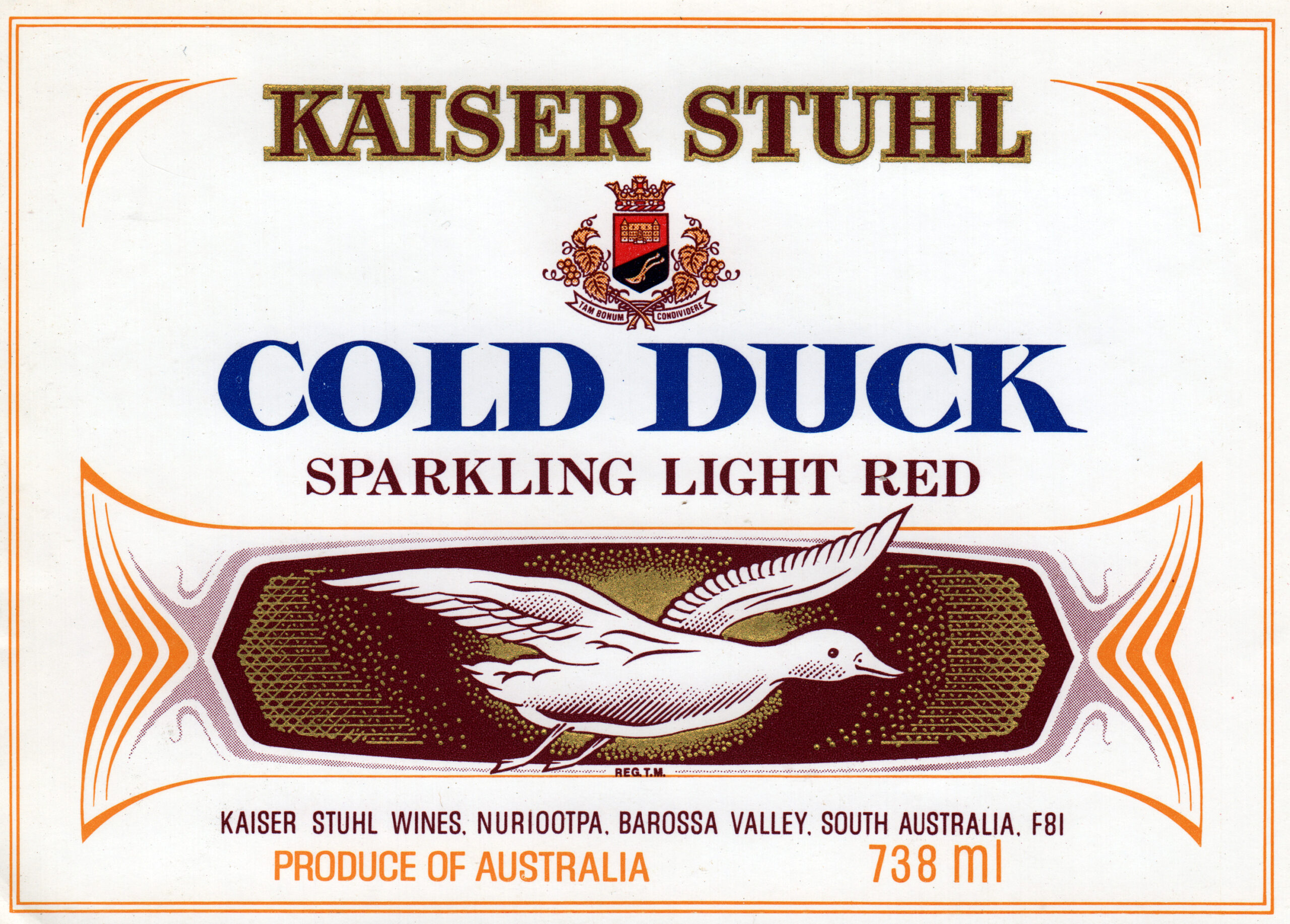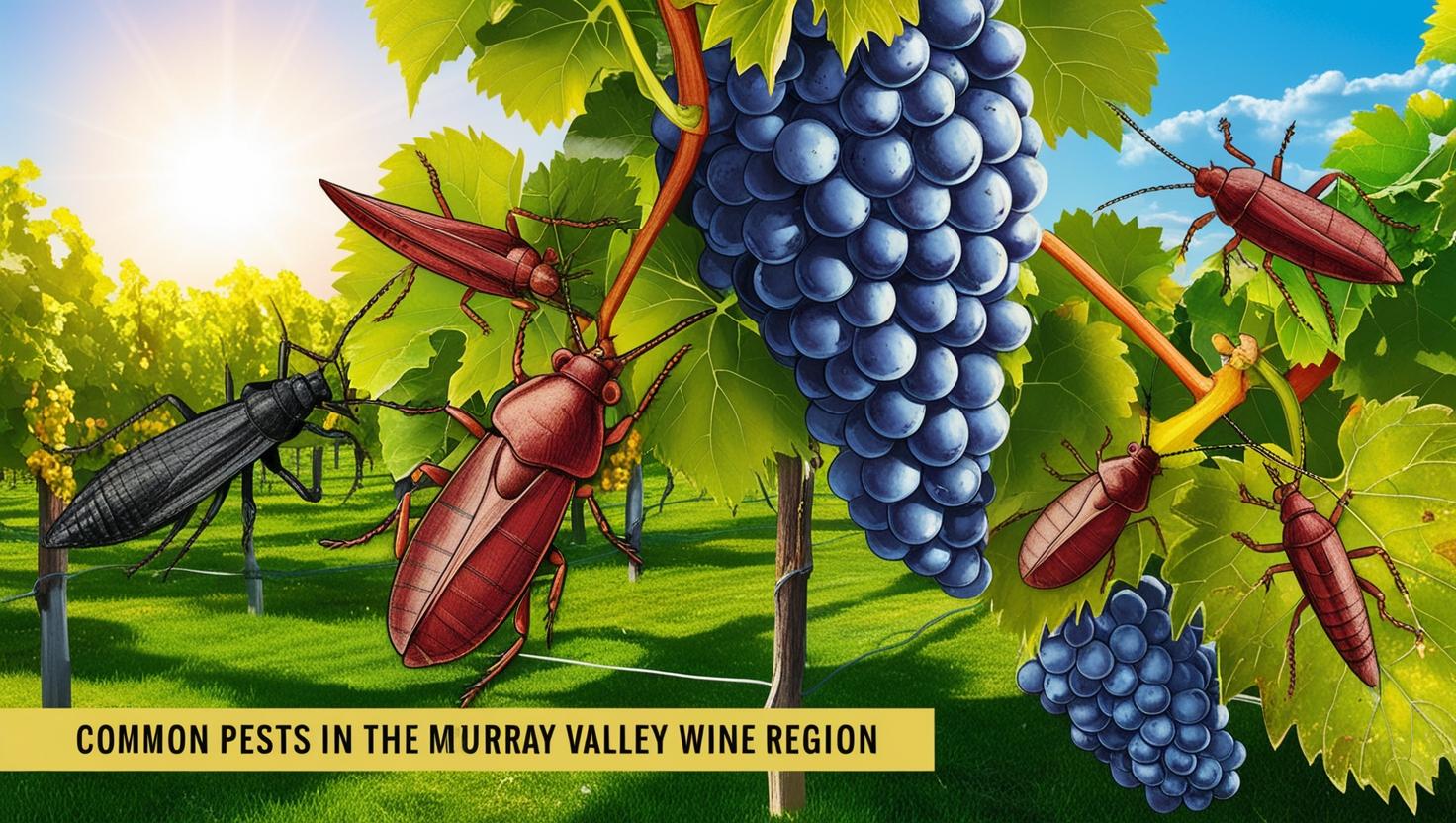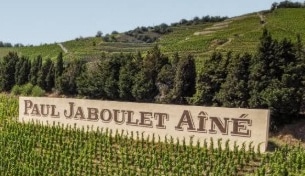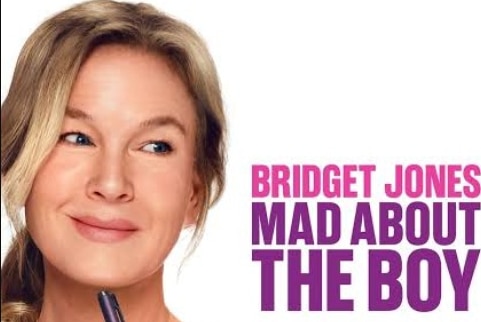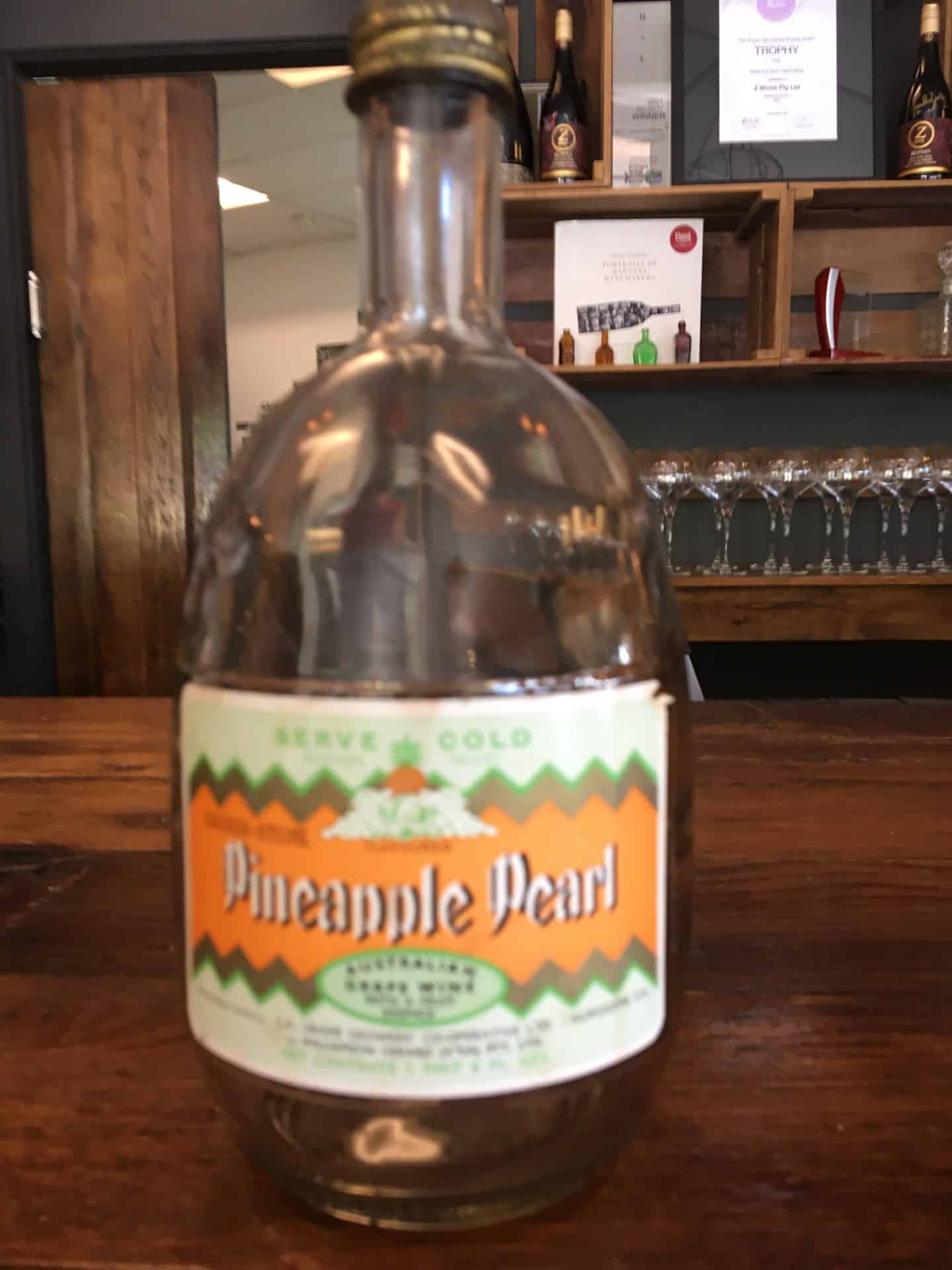By the mid 1950’s the South Australian Grape Growers Coop (later referred to as Kaiser Stuhl) had reached a crisis point and it has been suggested was close to bankruptcy. A meeting in 1955 spelled out the worse to the growers. Fifty percent of sales came from selling bulk sweet sherry to NSW where companies like Lindemans and Penfolds re-packed it for the retail trade, a market steadily declining. Sales of bulk wines were also shrinking as they lost sales to lower cost Riverland growers. As well the winery was overstocked with wine much of it in poor condition. The growers were told they could no longer expect varieties to be taken that could not be sold.
Into this tottering company walked Ian Hickinbotham in January 1956 as a winemaker-laboratory assistant. He had graduated from Roseworthy in 1950. Over the next eight years he engineered a company turn-around of epic proportions and it makes a great business story. It combines management skills, amazing technical achievements, brilliant winemaking, audacious marketing and an uncanny ability to select the right people. The greatest skill though was to revive a company that had no cash to spare.
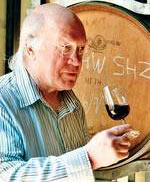
He found the Coop in worse shape than he had been told. Many wines were old, diseased and out of condition. Some were salvaged and the rest distilled. Bulk wine sales were declining quickly and what they had was barely profitable. The swing to bottle wines was accelerating yet the Coop, being a bulk seller had no bottling lines.
In late 1956 Orlando launched Barossa Pearl based on new technology from Germany the importance of which had been recognised by Colin Gramp. Hickinbotham saw this wine as an opportunity and set out to duplicate the style even though they lacked the sophisticated equipment.
In March, 1957, Hickinbotham was made General Manager and quickly argued for a new marketing approach. Once the wine quality was improved the company was to have a new name and new image. He developed the Kaiser Stuhl brand which was suggested by a local artist Neil Tamke and takes its name from the highest peak in the Barossa ranges. This marketing change was presented to the board as a fait accompli and was resisted by some who saw their business as selling bulk wine to other wineries. This was just a part of Hickinbotham’s tactical plan which was to become market leader and he rightly saw that the old Nurivin brand used by the Coop was indifferent though it was not withdrawn for seven more years. The Kaiser Stuhl brand appeared in 1958.
They purchased three pressure tanks for $200 each from a small brewery in March 1957 and experiments with sparkling wines accelerated. Later they commenced work on a flavoured Cherri Pearl and a Pineapple Pearl. By 1958 they were making sparkling wines for other companies and made the decision to compete with Orlando.
Andrew Blake who had vast experience was employed to work on the production methods. They bought a soft drink aerator, pasteurising equipment and a semi-automatic filling machine (for $260) plus other bits and pieces from a bankrupt cannery and a mineral water company. Sample wines were fermented in beer barrels and the bank was shown a proto type in a local soft drink bottle. John Trinne, with an engineering background joined in 1960 and later commented it was “a poor winery” which “resurrected junk off the scrapheap” and this he and others rebuilt to produce millions of bottles of sparkling wine.
By now Hickinbotham was convinced that sparkling wine was the salvation but the Coop had no money for promotion, its old brand Nurivin had no appeal while its new brand Kaiser Stuhl was unknown. They also had no marketing or distribution channels. This would have defeated most managers but Hickinbotham turned to Leo Buring, a venerable and trusted name who sold a pleasant light wine called Rinegolde, which dated back to the 1930s, and contracted to produce for them a sparkling version. This debuted for Xmas 1959 and was a huge success. It is generally accepted that this one move saved the Coop and it now expanded and diversified. By 1968 the last year of the contact it was 30% of the Coop’s production.
Having mastered the art of making sweet sparkling wines contract work boomed and they produced Pearlette for Yalumba; a Cheo Frizzante from1960 to 1962; an Asti Spumante for Stock Distillerie in 1962 which later became Gala Spumante; Mardi Gras and Tiffany for Penfolds; Viva for Wynns; and Sparkling Est for Woodleys. Technical winemaking help was needed and they sponsored Wolf Blass to Australia on a three year contract. He arrived in 1961 and bought to the market the Cheri and Pineapple Pearls which were released in 1962.
In 1963 Kaiser Stuhl Pearl with its waist shaped bottle, known as the Mae West was released. With the loss of the Rinegolde contact in 1968 they launched the same product as April Gold. After Lindemans released a Cold Duck they replied with their own in 1970 and shortly after followed with a White Duck. Spritzers and Sangria came out in 1972 and later a sparkling grape juice was released.
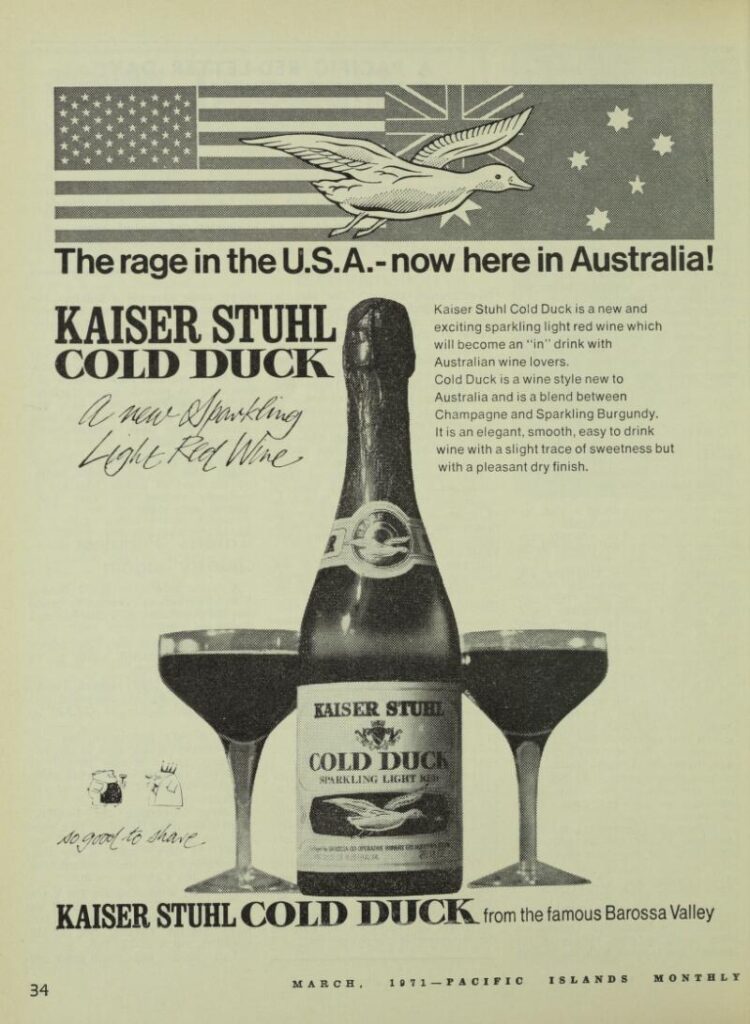
Hickinbotham heard in 1963 that McWilliams were going to launch a champagne and believing that the pearl boom would bust rushed the Kaiser Stuhl version into the market. This was also sold to other companies. In 1970 they launched Kaiser Stuhl Gold Seal.
While riding the sparkling boom still wines had not been neglected. Hickinbotham showed his incredible winemaking skills in taking a 1954 red that was out of condition and was still unsold in 1962 by blending it with a 1957 wine to freshen it as a salvage job. The wine won gold at the Ljubijana Wine Fair and was considered very fair drinking a decade after. He also employed a number of hugely talented winemakers in Blake, Wolf Blass, Klose and significantly George Kolarovich.
Inspiration struck in 1958 when Hickinbotham introduced the Individual Vineyard label which highlighted the grower’s name and image, the vineyard location and signed by the wine maker. It also showed a rating for the wine out of 10 and the packaging was highlighted with a coloured ribbon. They became known as “ribbon wines”. This branding is an astonishingly advanced idea.
On a lighter note the first Kaiser Stuhl Rose, developed by Kolarovich, appeared in 1962. In the late 1960’s it was packaged in a unique squat bottle. Over the years the wine received many medals. In 1966 Kaiser Stuhl won so many medals at the Montpellier Show that they were awarded the Montpellier Cup and from this time they displayed a ribbon of the Tricolore on the neck of the rose bottle and it was termed Gold Medal Rose. The wine may have evolved into a simple sweet rose but the 1971 was for example 100% grenache.
Hickinbotham left in 1964 and his protege George Kolarovich took over and the innovations like the Bold Red cask continued. Kolarovich left in 1975 and the company began to wobble. It was folded into the Penfolds Group in 1981. The inspiration still flowed and the enormously successful Summer Wine was launched about this time.
At this time it was the 5th largest winery in Australia with a group of very strong brands. Hickinbotham had grown the sales from $190,000 in 1955 to $740,000 in 1962 while personnel had gone from 17 to 117.
The first advertisements started in 1959, later they featured Barry Crocker in an advertisement for Cold Duck. In the late 1970s they featured growers talking about vineyards with one featuring Rufus Heidenreich a grower who represented the 515 growers supplying Kaiser Stuhl Wines. This is a very advanced concept seldom tried since.
The period 1956 to 1975 when Kolarovich left covers a period of extraordinary innovation. The formidable challenges that Ian Hickinbotham overcame and the direction he set for the company are an inspiration making the golden years of Kaiser Stuhl not only a wine story but an inspiring management story.*The facts for this article have been taken from:
Kaiser Stuhl the Growers Winery – A History of the Barossa Cooperative Winery Limited, 1931-1982, Angela J Steinberner.
** Leo Buring by Dr Philip Norrie, Apollo Books, 1996 mentions Sparkling Rinegolde,
“It was produced in 1958 using the new bulk fermentation process by John Vickery.”
Mixed Dozen. The Story of Australian winemaking since 1788. Charles Gent, Duffy and Snellgrove, 2003 mentions Sparkling Rinegolde and the likely source was the Leo Buring book.

